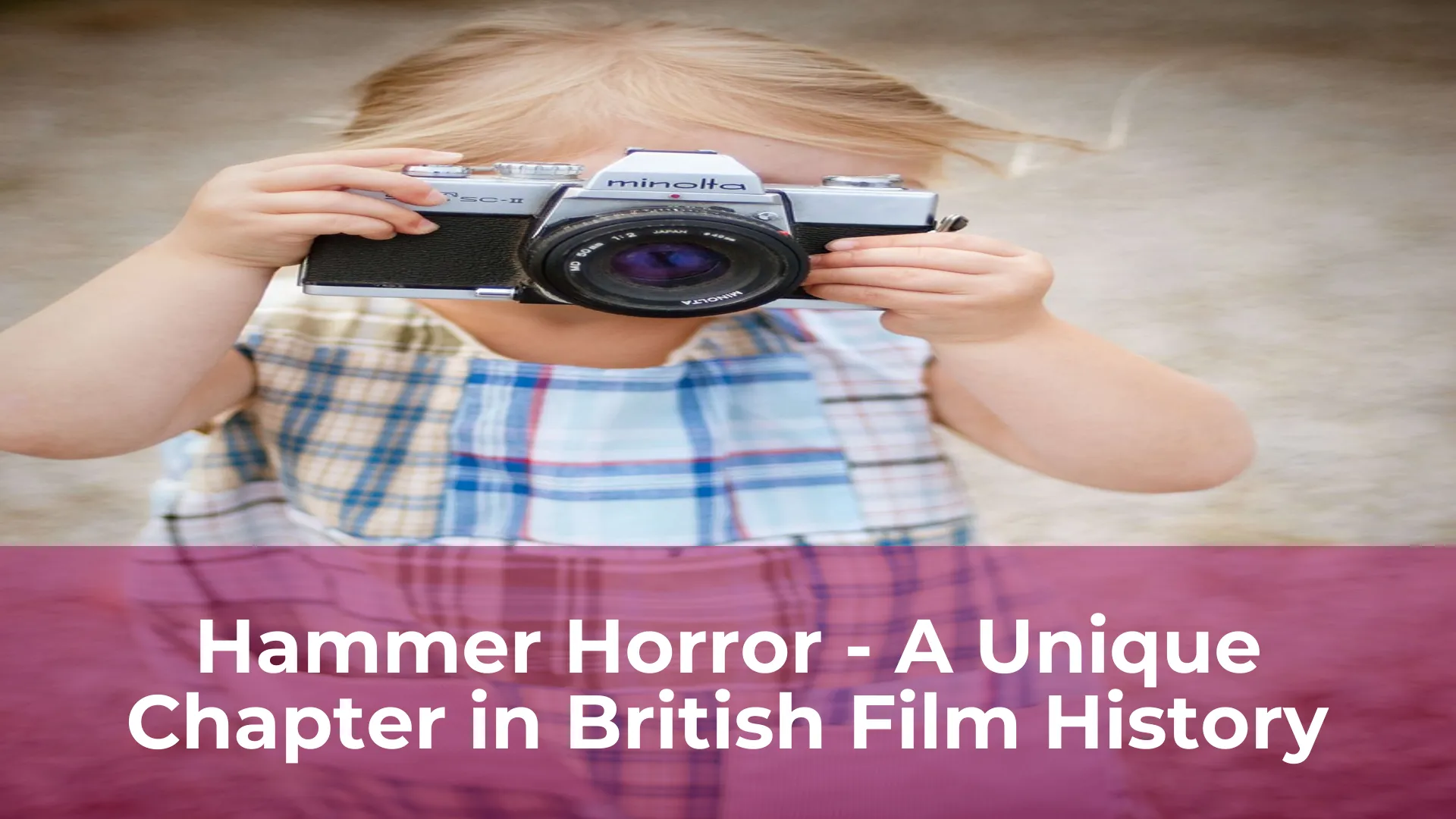Hammer Horror is a unique chapter in British film history, with a legacy that continues to fascinate and thrill audiences today. Known for its vivid gothic style, Hammer Horror produced a string of classic horror films throughout the 1950s, 60s, and 70s. These films, with their iconic blend of horror, suspense, and eroticism, left an indelible mark on the British film industry and popular culture as a whole.
At the heart of Hammer Horror’s success was a group of talented filmmakers, writers, and actors who brought their own unique vision and creative flair to each project. From directors like Terence Fisher and Freddie Francis to actors like Peter Cushing and Christopher Lee, the Hammer team pushed the boundaries of what was considered acceptable on screen, delivering memorable performances and striking visuals that have stood the test of time. Whether you’re a die-hard horror fan or a casual moviegoer, the legacy of Hammer Horror continues to captivate audiences with its potent mix of thrills, chills, and old-fashioned storytelling.
The Beginnings of Hammer Horror
Hammer Horror is a British film production company that became famous for its gothic horror films in the 1950s, 1960s, and 1970s. The company started as Hammer Films in 1934, producing a variety of films that ranged from comedies to dramas. However, it was not until the late 1950s that the company began to focus on horror films, which would eventually become their signature genre.
Hammer Horror’s success was due in part to the talented directors and writers that they employed, including Terence Fisher and Jimmy Sangster. The company also had a knack for finding talented actors, such as Peter Cushing and Christopher Lee, who became synonymous with the Hammer Horror brand. The films were made on relatively low budgets, but the company’s attention to detail and use of vivid color helped to create a unique and atmospheric experience for audiences.
Hammer Horror’s first breakout hit was The Curse of Frankenstein (1957), which was followed by a string of successful films, including Dracula (1958) and The Mummy (1959). The films were often criticized for their violence and sexual content, but they were immensely popular with audiences. Hammer Horror’s success continued into the 1970s, but changing tastes and financial difficulties eventually led to the company’s decline. Despite this, Hammer Horror remains an important part of horror film history and continues to have a devoted fan base today.
The Evolution of Hammer Horror
Hammer Horror is a British film production company known for producing iconic horror films from the late 1950s to the 1970s. Hammer Horror was a pioneer in bringing classic horror genre to British cinema and became renowned for its gothic horror films. Their horror movies were filled with blood-curdling screams, darkness, and suspense. The studio produced some of the most memorable horror classics like Dracula, Frankenstein, and The Mummy.
Hammer Horror was a low-budget production company that had to rely on creativity and innovation to create the desired effect. The company’s success can be attributed to its clever use of lighting, sound effects, and camera angles to create a sense of terror in the audience. The gothic imagery used in Hammer Horror films became a trademark of the studio, and it set them apart from other horror movies of the time. The studio was also known for its exceptional casting, and it launched the careers of many notable actors.
Today, Hammer Horror’s legacy continues to live on. The studio’s horror movies have inspired countless filmmakers, and its impact on the horror genre can still be felt today. Hammer Horror’s influence can be seen in modern horror movies like The Conjuring and Insidious. Even after decades since its inception, Hammer Horror remains one of the most influential horror studios of all time and has left an indelible mark on the world of cinema.

